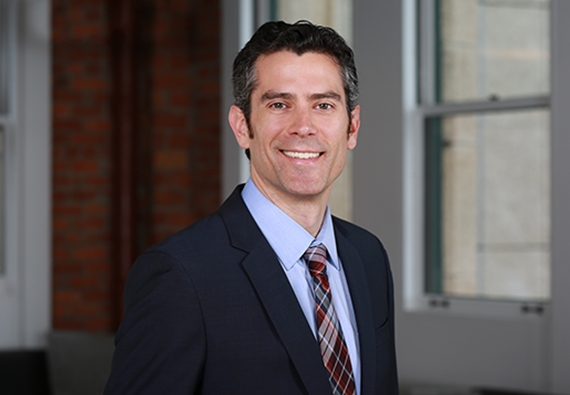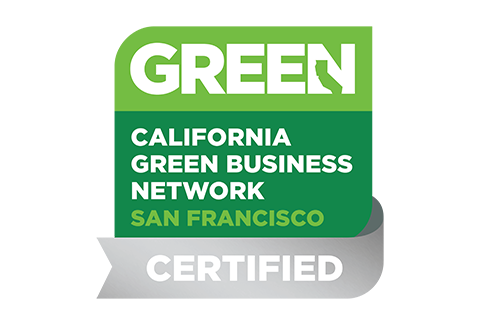Keep These Cases in Mind When Segmenting Patents
As the doctrines of first sale and patent exhaustion have gained momentum over the past decade, questions have arisen about whether a licensor can still segment or divide its intellectual property assets covering related inventions into different licenses for different users of the technology. Two cases decided by the Federal Circuit in 2015 provide practitioners with valuable guidance as to what the courts view as defensible segmentations.
It is important to evaluate these cases against the backdrop of the seminal U.S. Supreme Court decision in Quanta Computer v. LG Electronics in 2008. There, the court set forth the rule of "substantial embodiment": After a patent holder sells an article that substantially embodies a patent, the patent holder can't control post-sale use of the article. This rule prevents a patent holder from receiving more than one payment for the use of the same article covered by its patent. In Quanta, the court ruled that LG Electronics, which held patents covering computer processors and had licensed the patents to the processor manufacturer Intel, could not sue Intel's customers—computer manufacturers like Quanta—who combined the licensed processors with other non-licensed components in a way that infringed the patents. This was because the microprocessors substantially embodied the patents, or "included all inventive aspects" of the licensed patents and were intended to be combined with other parts in computers, leaving them with "no reasonable noninfringing use."
Despite the broad impact of the substantial embodiment test, patent holders are not universally precluded from separately licensing their patent families to different members in a distribution chain. In Helferich Patent Licensing v. New York Times, a patent owner divided his portfolio into two segments: a first set of claims directed at wireless handsets (handset claims), and a second set directed towards storing and updating content to be sent to handsets (content claims). The patent owner licensed handset manufacturers under the handset claims and explicitly excluded any license rights to the content claims.
The patent owner then brought suit against a number of media companies, asserting that they infringed the content claims by providing content to users on their mobile handsets. The media companies moved for summary judgment that the patent owner's license to the handset manufacturers exhausted its right to assert the content claims against the media companies. The media companies argued that the content claims required use of the licensed handset, such as receiving a message, requesting content, or rendering a hyperlink.
The Federal Circuit, however, concluded that exhaustion did not apply to the content claims. Neither set of claims contained all the "inventive aspects" of the other set. For example, handsets practicing the handset claims did not perform all the elements of the content claims. There was no showing that the content claims required a handset practicing the handset claims; at best an ordinary handset was required.
Thus, if a patent portfolio contains multiple related but separate inventions, a licensor should: (1) direct its patent prosecutors to draft separate patent applications for each distinct invention and place them in different patent classifications, (2) articulate material differences between the distinct inventions in any license, (3) designate the specific patent claims that belong to each invention, and (4) state in the license any particular claims or inventions that are not licensed to a particular licensee and reserve the right to enforce those rights against separate groups of actors. Licensees need to ensure that the license they sign covers all of the patent claims they will use and that the licensed protection extends to their users or customers, suppliers, and business partners to the extent they are supplying components or services for their licensed products.
Stating exclusive fields and distinct inventions in a license requires that extreme care be placed on ensuring that the language used in the license is internally consistent and consistent with the intent of the parties. A lack of clarity could have profound consequences, as seen in the Personalized Media Communications v. Rovi Guides case decided by the Federal Circuit. Rovi, an exclusive licensee of certain patents, and its sublicensee Echostar offered television uplink centers and set top equipment. The license was to the "Interactive Program Guide" field, defined in the license as "applications and services (collectively 'IPG Applications') the primary purpose of which is to provide descriptive information (including without limitation program listings) relating to television or radio programming." The license provided that "[s]uch IPG Applications shall include, without limitation, tuning, flip, browse, parental control, recording," etc., and that the IPG field "shall also include the ability to access from such IPG Applications any other interactive or passive application, service or feature; provided, however, that the creation, distribution, transmission and use by a Consumer of such other interactive or passive applications . . . shall not be deemed to be included in the Interactive Program Guide field."
Personalized Media Communications sued Echostar for infringement, arguing that the uplink centers and set-top boxes infringed by implementing various unlicensed functionality, including video-on-demand, pay-per-view, interactive television or premium-content applications, transmissions, recording and encryption/decryption. Rovi intervened and moved for summary judgment based on the license, claiming the accused functionalities fell within its license scope. The licensor argued that those functionalities were not licensed because they did not pass the license's requirement that their "primary purpose" be "to provide descriptive information." The licensor also argued that the "including, without limitation, tuning [, etc.]" language only allowed the IPG applications to invoke such functionality, not to actually perform it.
The district court sided with Rovi, but on appeal the Federal Circuit reversed. First, it was ambiguous as to whether the license's list of what IPG applications "shall include" set forth a list of actual IPG applications that were licensed if their primary purpose was to "provide descriptive information," or instead a list of functions/features that an IPG application was permitted to have regardless of the primary purpose of the application. Second, it was also ambiguous as to whether the license allowed the licensees' products to merely access/invoke certain functions or features, or also actually perform those features. The Federal Circuit remanded the case to clarify these ambiguities.
If different functionalities of a specific product or service are covered by different patent claims, and the patent holder wishes to license each functionality separately, then the language effecting that carve-out needs to be stated with precision. Too many lists and "exceptions to exceptions" in the definition of licensed products can muddy rather than clarify license scope. Be clear whether a list is intended to be exhaustive or exemplary. Be sure that if your intent is to limit the scope of the license in some meaningful way, that there are no other clauses that raise inconsistencies with what you intended to be the license scope. Don't be afraid to state explicitly what is carved out, as the patent holder in Helferich. And if you can explain how your multiple but separately licensed inventions are materially different, that will go a long way to eliminating some of the ambiguities.
Reprinted with permission from the April 20, 2016 issue of The Recorder. © 2016 ALM Media Properties, LLC. Further duplication without permission is prohibited. All rights reserved.


